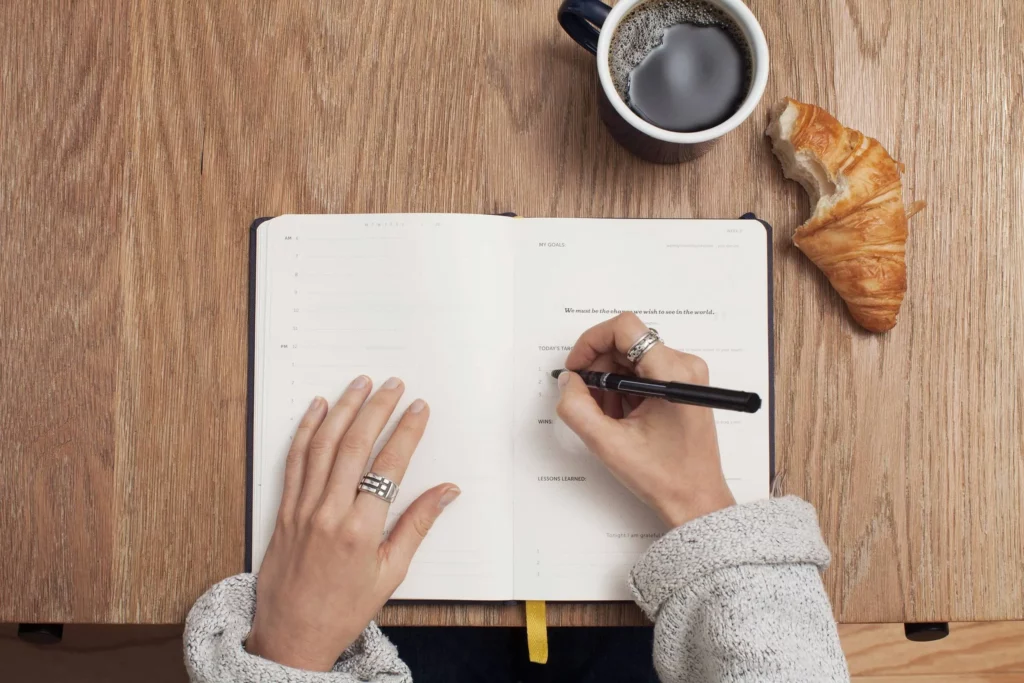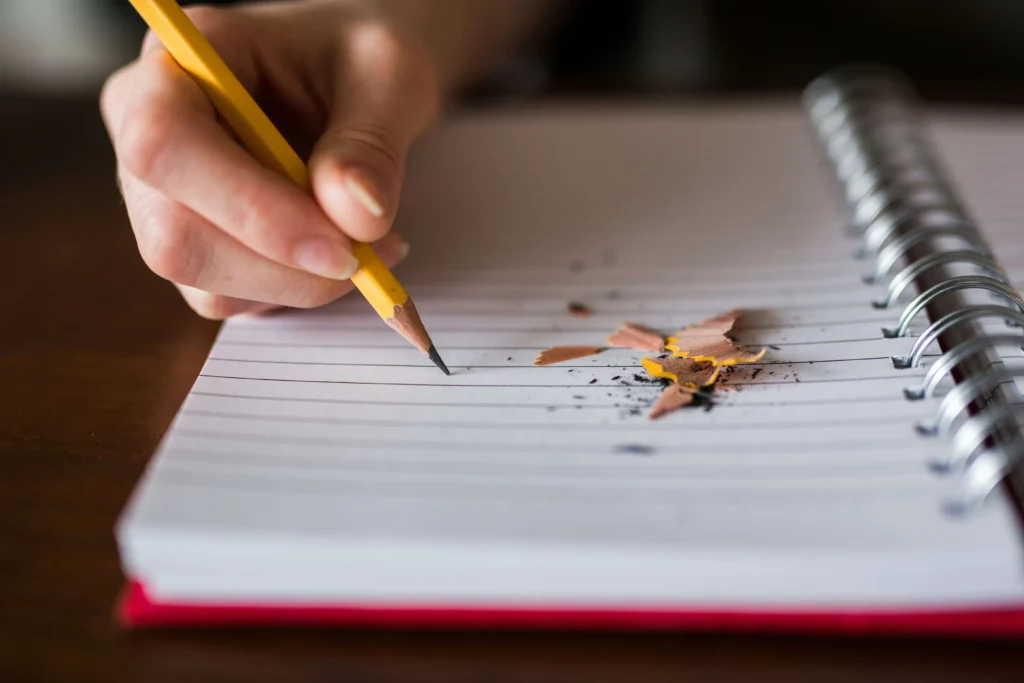Communication is a fundamental aspect of our lives and knowing how to express ourselves correctly in various contexts is crucial. Among these, writing a letter or an email, especially in a foreign language like Italian, can pose some difficulties. This guide aims to explain how to master the task by considering both formal and informal styles.
Why and When to Write a Letter in Italian
There are countless reasons you may need to write a letter in Italian. You might be applying for a job, planning to study at an Italian university, or doing business with Italian companies. You might also want to connect with friends or deal with Italian bureaucracy.

Formal Letters in Italian
When it comes to formal letters, it’s important to pay attention to the structure and formatting.
- Date and place: They should be placed on the upper right corner. The date in Italian is written as dd/mm/yyyy.
- Opening formula: Address the recipient using a respect term followed by the title and surname.
- Introduction: Introduce yourself briefly.
- Body: Write the main content of your message.
- Closing formula and Signature: Select an appropriate sign-off line and sign your name.
In formal correspondence, always begin pronouns and possessive adjectives with a capital letter when referring to the recipient.
Informal Letters in Italian
Informal letters vary according to context and the relationship with the recipient. Although the register is informal, you might want to use the more formal “lei” rather than the “tu” depending on who you are addressing.

Starting Letters in Italian
Whether you’re writing a formal or informal letter, it all starts with the right greeting. In a formal letter, commonly, you could start with “Gentile” followed by the recipient’s title and surname. For an informal letter, “Caro” or “Cara” amongst other friendly terms would be appropriate.
Ending Letters in Italian
The conclusion of your letter also varies from formal to informal. A formal letter may end in “Cordiali saluti” while an informal one could conclude with something as simple as “Ciao”.

Cultural Insight and Advice
When writing to Italians, it is important to know a few cultural aspects:
- Italians can be more direct in work or business emails. They view this as being efficient rather than impolite.
- Emojis have become popular in business communication; however, they should only be used with close acquaintances.
Conclusion
Writing a letter in Italian, whether formal or informal, is an art that not only requires knowledge of the language but also understanding of the culture. This guide has provided you with valuable information to help you write an effective Italian letter. The key to success is practice, pick your pen, or hit your keyboard, and start applying these learnings right away. In bocca al lupo! (Good luck!)
